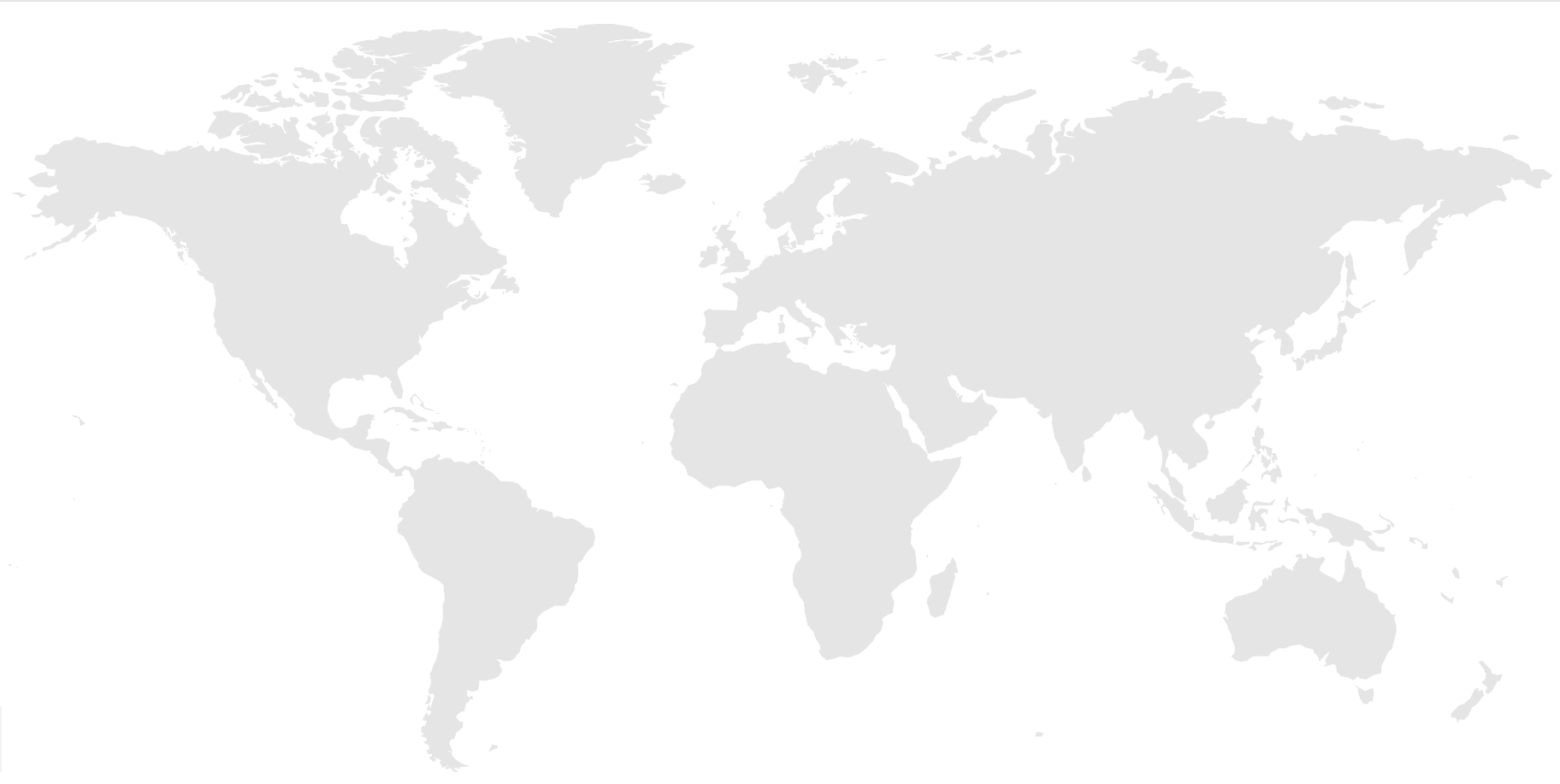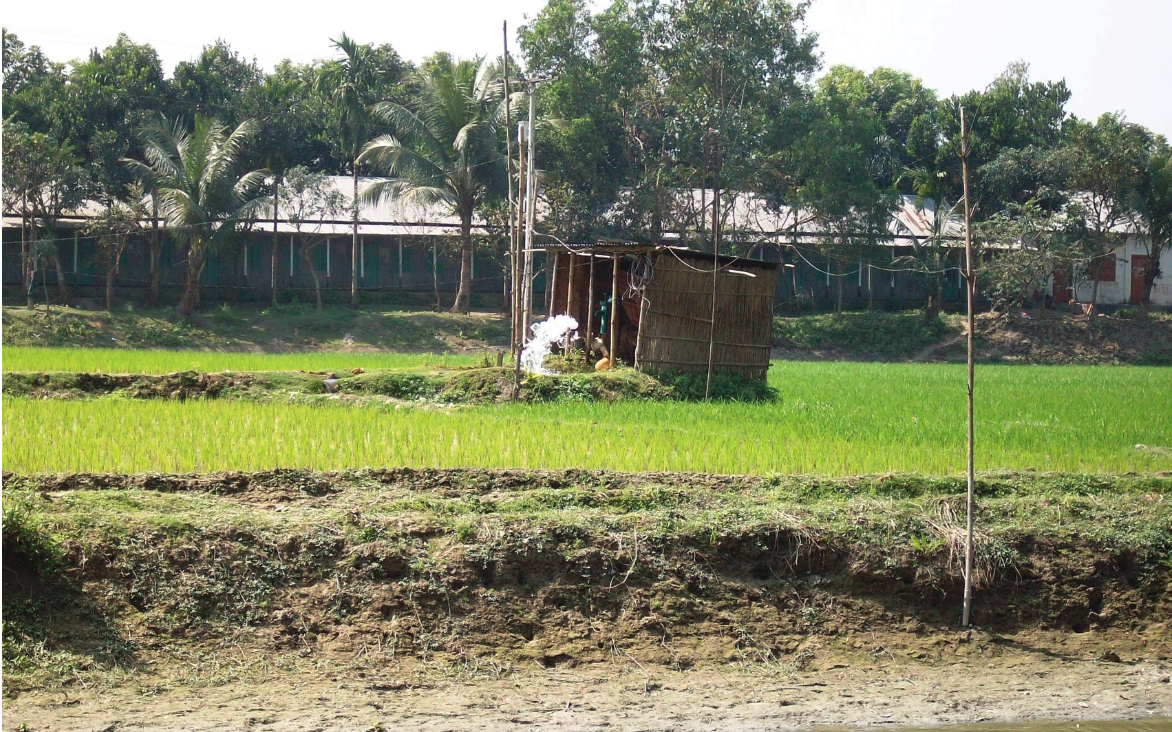Restrictive mandatory groundwater use permit requirements are being implemented across Bangladesh. Based on previous CGIAR studies on the groundwater – energy nexus, ongoing research under the CGIAR Initiative on Transforming Agrifood Systems in South Asia (TAFSSA)[1, 2, 3], and emerging literature on the concept of the ‘Bengal water machine’[4], a TAFSSA policy perspective offers recommendations for reform[5]. The analysis highlights the need for regionally appropriate and hydrologically specific groundwater and energy policies, rather than umbrella curbs on irrigation that negatively affect farmers. This concept could substantially benefit tens of millions of groundwater users in Bangladesh and has gained significant international attention.
With a population of 168 million people in a land area of 148,000 square kilometers, 7 percent of which is covered by water, Bangladesh is among the world’s most densely populated countries. Crop production in Bangladesh is intensive. Farmers not only cultivate crops during the rainy monsoon season; they also produce a second or even third crop during the dry winter and early summer seasons. The secrets to their success are groundwater irrigation and supportive energy policies. Research now shows that, when carefully managed, irrigation can not only aid water conservation efforts, but can also enhance flood control and food security. Nonetheless, restrictive mandatory groundwater use permits are currently being implemented across Bangladesh, although they may not always be appropriate. TAFSSA’s research suggests the need for revision of restrictive policies to address context-specific options in geographically specific areas of groundwater over- and under-use, depending on aquifer recharge conditions.
Prior to and shortly after independence, Bangladesh faced severe food scarcity. In 1971, the country gained independence, with policymakers realizing that a key strategy to provide enough food was to establish two to three crops each year. However, with only one rainy season, this required irrigation, and the active support of government through policies that relaxed barriers to the import and instillation of inexpensive irrigation pumps.
Thus, the Bengal groundwater machine was born, with farmers installing tube wells and using water from aquifers that are largely recharged on an annual basis by the monsoon and Bangladesh’s plentiful rivers. However, this is not a perfect system. The government was mindful of differing groundwater recharge rates and drafted policies accordingly, restricting pumping in areas where recharge was less significant, and allowing it in areas where groundwater was abundant. Yet, as time has progressed, misinformation has spread and even areas that have significant recharge capacity have fallen into restriction.
Based on previous CGIAR research on the groundwater–energy nexus in Bangladesh, a high-profile publication in Science and Nature on the concept of the Bengal water machine and the relationship between water management and climate change adaptation [3, 5], new recommendations for irrigation technologies and aquifer- and cropping pattern-specific policy design are being proposed. TAFSSA has been an active source of evidence in 2022 on alternatives to restrictive umbrella policies [1, 2]. This concept and proposed policy direction, with its potential benefits for both policymakers and groundwater users in Bangladesh, has achieved wide visibility and outreach, with TAFSSA researchers featured in a range of international media in 2022.
“We promote sustainable and nutritious diets within ecological boundaries, where groundwater serves as an essential ecological boundary. The region’s natural endowments, such as high rainfall and favorable geology, make it possible to intensively grow food within these boundaries. TAFSSA provides evidence informing the transition from dirty to clean energy.” – Aditi Mukherji, Director, Climate Adaptation and Mitigation Impact Area Platform and 2022 TAFSSA Work Package Lead
Bangladesh’s ‘water machine’ relies on abundant monsoon rainfall and rivers for aquifer recharge, as well as pumping by farmers to extract water and mediate flooding risks during the rainy season. Most irrigation pumps used by farmers are powered by diesel, however, and are reliant on fuel imports with associated cost discount subsidy programs. Combined with escalating energy costs in 2022, this has contributed to dwindling foreign currency reserves, not to mention greenhouse gas emissions. TAFSSA is investing in renewable energy options to shift irrigation practices toward clean energy, while also addressing inefficiencies in diesel pumping systems, the former replacing diesel with solar irrigation pumps. As part of this transition, TAFSSA has encouraged policy shifts away from off-grid to on-grid systems, with provisions made for farmers to produce and profit from solar electricity generation for the grid when their pumps are not in operation. This integrated approach to clean energy solutions for food production not only supports sustainable irrigation practices for millions of farmers in Bangladesh but also encourages the maintenance of agrifood systems with environmental boundaries, enabling Bangladesh to achieve multiple Sustainable Development Goals.
References
- Varshney, D., Banerjee, A., Chakraborty, S., Mukherji, A. 2022. The energy-irrigation nexus in Bangladesh: implications of rapid rural electrification on informal groundwater markets. New Delhi, India: International Water Management Institute (IWMI), CGIAR Initiative on Transforming Agrifood Systems in South Asia (TAFSSA); Solar Irrigation for Agricultural Resilience (SoLAR).
- Buisson, M.-C., Mitra, A., Hounsa, T., Habib, A., Mukherji, A. 2022. Adaptation co-benefits of solar irrigation: evidence from Bangladesh. New Delhi, India: International Water Management Institute (IWMI), CGIAR Initiative on Transforming Agrifood Systems in South Asia (TAFSSA), Solar Irrigation for Agricultural Resilience (SoLAR).
- Mukerji, A. 2022. Climate change: put water at the heart of solutions. Nature, 605:195.
- Shamsudduha, M., Taylor, R.G., Haq, M.D., Nowreen, S., Zahid, A., Matin, K., Ahmed, U. 2022. Science, 377:6612, pp. 1315–1319.
- Mukherji, A. 2022. The “water machine” of Bengal, Science, 377:6612, pp. 1258–1259.
Header photo: Abdul Motaleb, a farmer in Rangpur, Bangladesh, pumps groundwater to the surface to irrigate his vegetable crops. Photo by Abdul Momin







